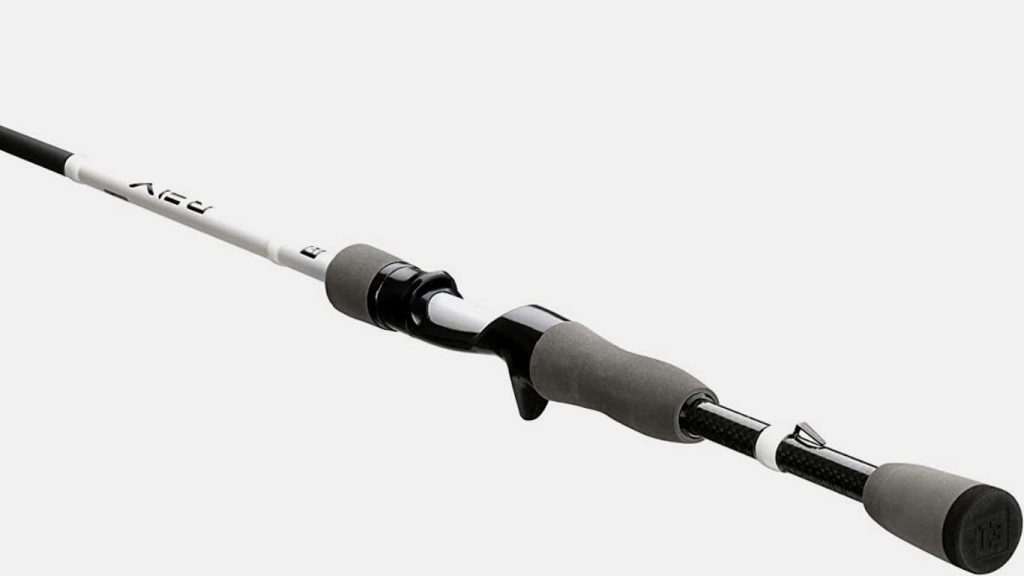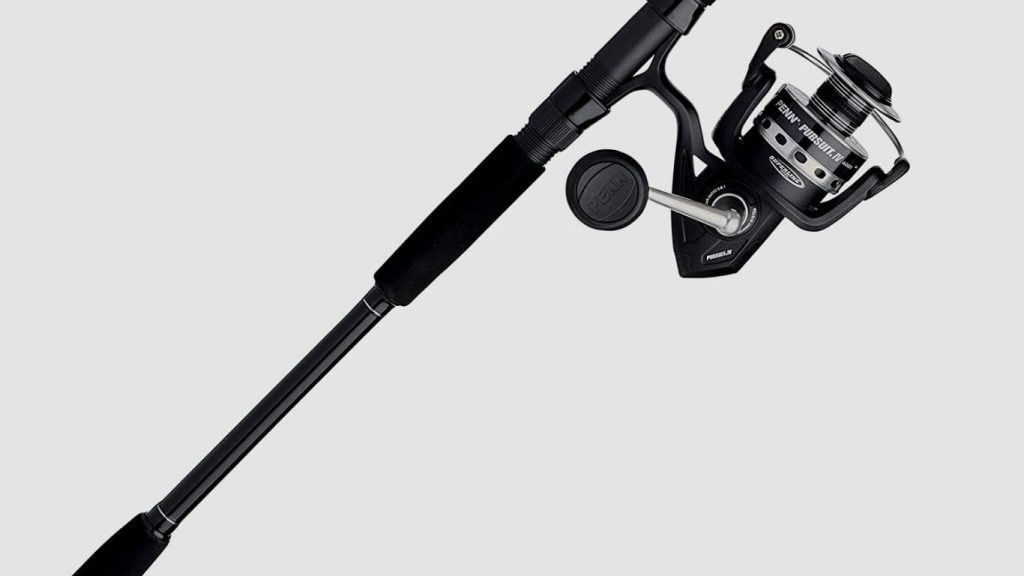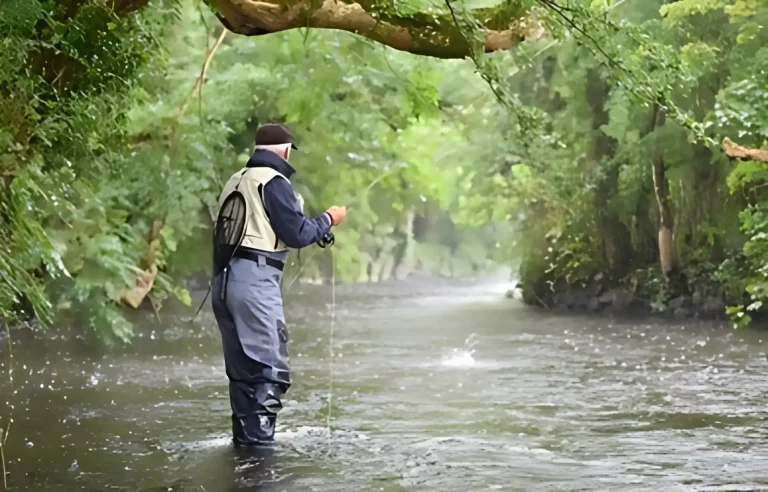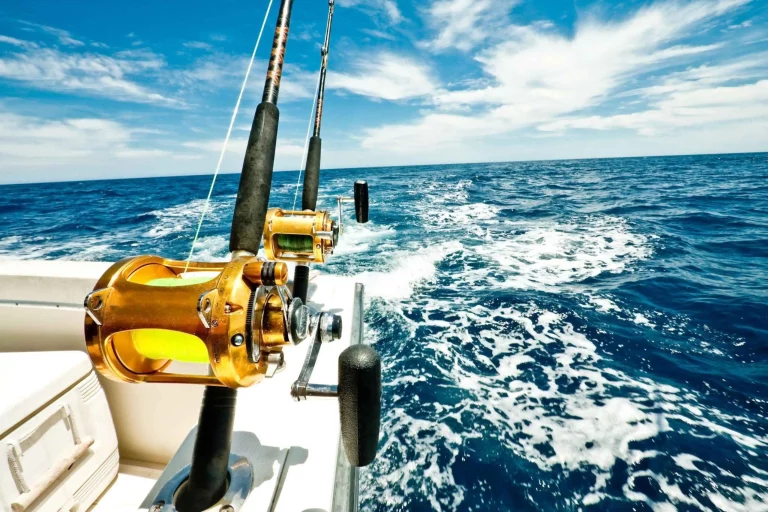Different Types of Catfish
Catfish may be found in the United States in three different types. Many approaches can fool catfish, but you can fine-tune your strategy by learning a little about your target species. Choosing the right fishing rod will be a piece of cake after you’ve decided on the species you want to target and the strategy you’ll employ.
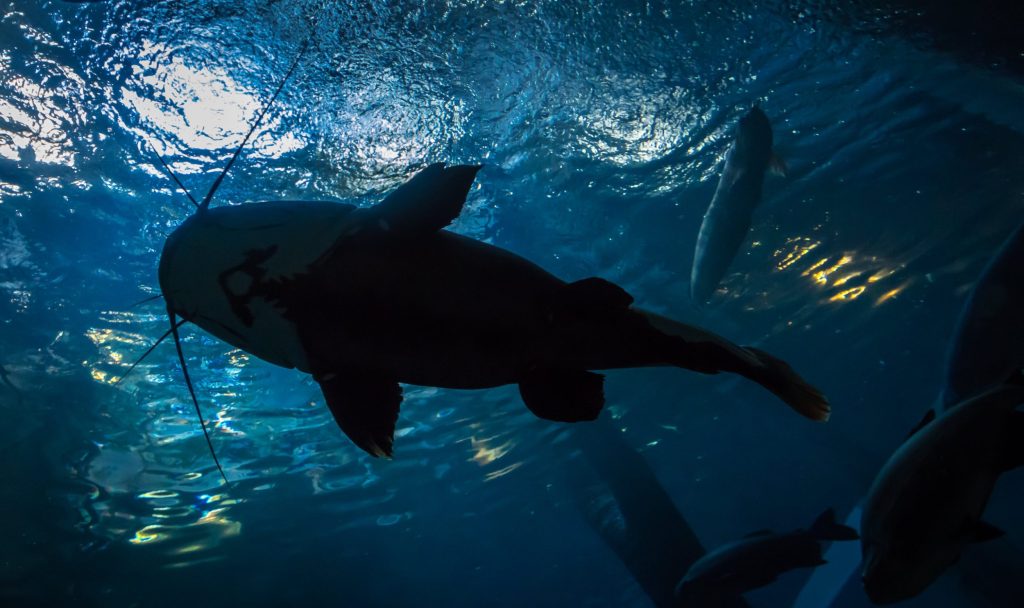
Contents
Common types of catfish
- Channel catfish—As the most widely distributed species, channel catfish is also the most regularly captured. Sit tight before you learn about the other two varieties! It’s common to catch channel cats weighing between one and five pounds, but they can grow to more than 25 pounds.
- Flathead catfish— Flathead catfish, which you may find across the United States, are sought after by anglers looking for trophy fish. You’ll catch a lot of 50-pounders; they may grow to be three to four feet long and weigh up to a whopping 100 pounds!
- Blue catfish—Largest in stature, blue catfish are members of the catfish family. Like a flathead, the average weight of a bluefish is 50 pounds, but some of these monsters may grow to be five feet long and weigh 150 pounds!
1: Channel Catfish
The fragrance of channel catfish attracts them from a great distance and persuades them to eat your bait. You can use stink bait, chicken livers, shrimp, or cut bait to capture them consistently. Like suckers, shiners, and crayfish, live bait can be more effective in specific situations, but you can usually avoid using live bait. Because channel cats are tiny and prefer to eat in shallow water around motionless bait, a 7-foot medium-weight graphite rod with moderate action is ideal for pursuing them.

2: Blue Cats
In contrast to channel catfish, blues prefer to prey on other types of fish that are more aggressive predators. Most anglers use live or chopped baitfish to catch blue catfish, and oily baitfish are the most effective types. Blue cats enjoy spending time in deeper water on the bottom or above the surface.
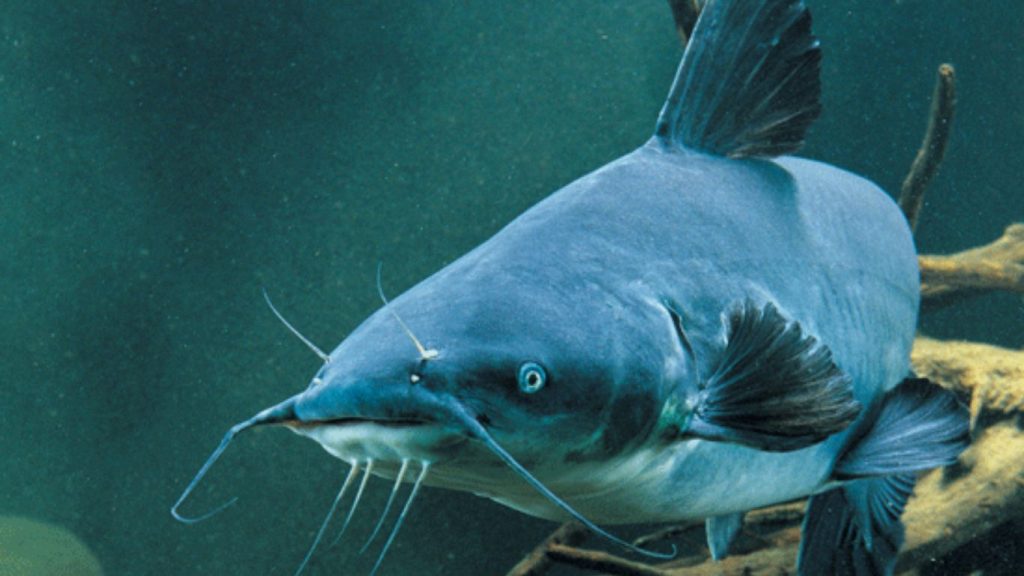
Because of their enormous size and preference for live bait, a heavy-duty catfish pole is needed to catch them. Blues players would benefit most from a 7’7 and 7’6 fibreglass rod with a medium or medium-heavy weight and moderate movement.
3: Flathead Catfish
For the most part, Flatheads are nocturnal creatures, but they call by skill hunters. If you show them a piece of chicken liver or a dead fish, they’ll probably turn their nose up at it. They’re looking for something that’s moving! More enormous rods need to present baitfish that blues use to eat, like a two-pound sucker or an enormous shiner. Moreover, don’t think that when you hook up with a blue, you may be dealing with a 130-pound brute. A fiberglass 8-foot medium-heavy-weight rod with moderate action would be an ideal holding rod.
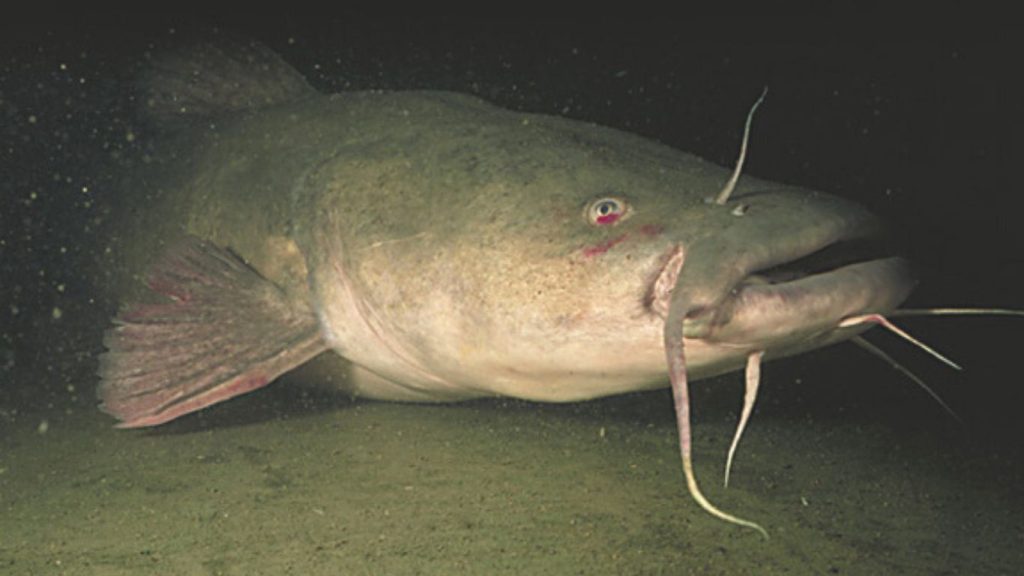
Use casting or spinning rod catfish?
Casting Rods
There are two types of fishing rods: casting and spinning. Both casting and spinning are equally beneficial when choosing a good catfishing rod, so it comes down to personal taste.
It’s a matter of preference for reel type since both rods are available in a wide range of strengths and flex. A casting reel, which resembles a small winch fixed on the rod, is required for use with a casting rod.
Spinning Rods
Catfishing with a big spinning rod is an excellent option if you prefer spinning gear. An open-faced reel with a rotating bail can see on spinning fishing rods. Using either rig when fishing for catfish in the appropriate size will allow you to sling your heavy bait into position and take on monster catfish. So you may go with what you’re comfortable with instead of trying anything new. Consider a large casting rig if you’re interested in confronting ravenous cats.
Rod Length of Catfish
The most important consideration while shopping for catfishing rods is the length of the rod. It’s best to use a long fishing pole for catfishing. Big catfish rods have a lot of benefits, such as the following:
Catfishing requires a long pole, and here is why:
- Longer rods allow you to throw further. A long-blank rod is more suited because you’ll be employing an arching lob cast to lob heavier baits.
- With a long rod comes greater sensitivity. Longer rods provide the tip action and sensitivity required for detecting a catfish attack, and can help you keep track of the fish you’re reeling in.
- Leverage is increased with the use of a long rod. As a fisherman, you must be able to guide a large catfish away from the shelter. You’ll have to use brute force to free your fish from whichever tree or grass bed it got stuck in.
Discussion
So, what’s the length of this rod we’re discussing?
Several fishing tactics may be performed when you use a 7 ft (2.13 m)-long pole.
The most typical method of catching catfish is to throw long distances into open water and wait for the fish to strike. Therefore, a long pole is necessary. If you plan on stalking from the bank and carefully placing your bait in the most vulnerable areas, a 6’6″ rod should suffice.
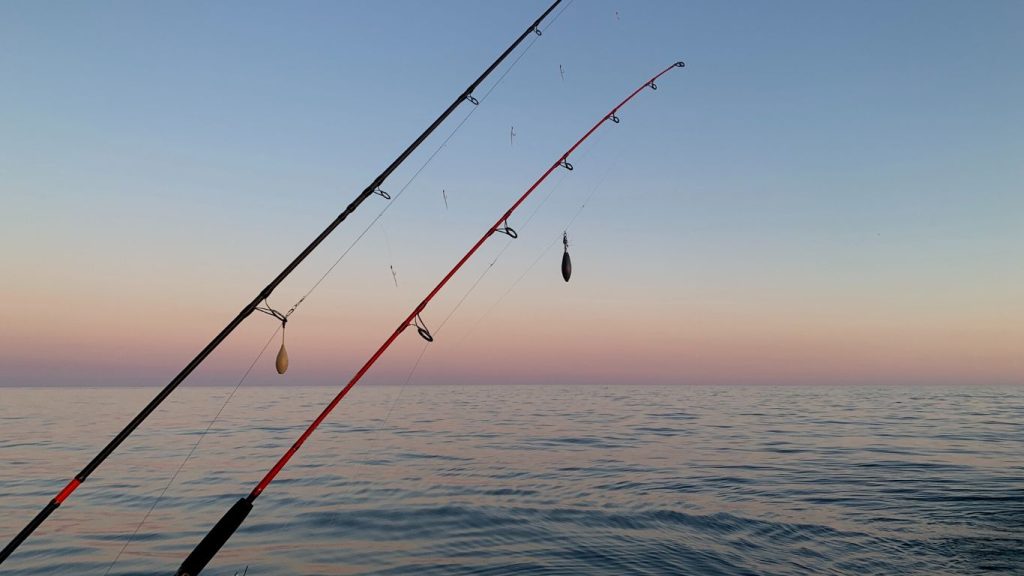
To catch monster catfish, you may utilize a long pole, as is customary while surfing for fish. They are typically 10 to 12 feet (3.66 m) long and are excellent at casting vast distances. However, they could be more empathetic. A rig like this would be ideal for big blues or flatheads, but it would be a disastrous idea for channel cats. To catch smaller fish, you’ll need something with more sensitivity.
Unless you want to fish only for colossal fish, go with a catfish rod between 7′ 6″ and 8′ 6″ in length. As a result, you’ll have all the power you need to take down even the most significant predators while still having a decent, long rod in your hands for when you do catch a monster.
Types of Rod Weight & Action for catfish
Weight and motion commonly use interchangeably in the discussion of fishing rods. Here’s a simple method for keeping track of both:
- The ease with which a rod bends is described by its weight (or power).
- The place along the rod’s length in which the curve originates is called its “action.”
It’s important to remember that different catfish species demand different fishing approaches, and each style works best with a certain rod weight when picking a catfish rod.
In most circumstances, a medium or medium-heavy-weight rod is suitable for channel catfish fishing. Blue and flathead catfish, on the other hand, require medium-heavy rods.
When selecting a catfish rod, steer away from those with fast action.
Catfish rods with a moderate degree of movement recommend.
Effort/mass and force are inseparable concepts.
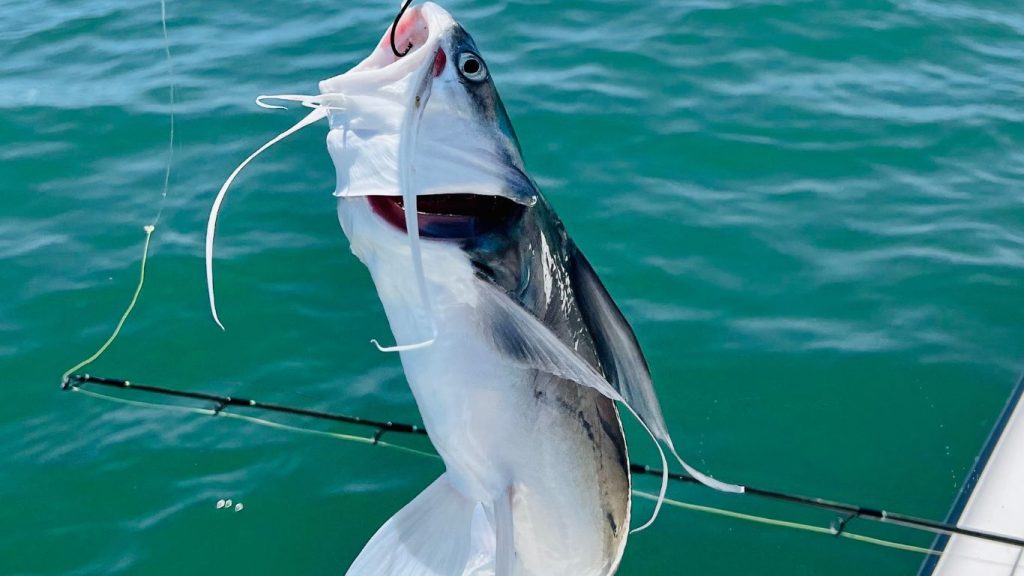
Catfishing requires a rod with a proper motion to cast hefty bait setups. In addition, the rod’s progressive bend makes it easier for catfish fishermen to use “do-nothing” hooksets. When a catfish swam away with your bait, the rod would load up slowly, allowing the hook to penetrate the fish’s mouth and remain there.
For catfishing, which rod weight and action did we choose?
A middle-of-the-road approach to rod weight action is a wise one. If you’re looking to catch small types of catfish and medium or medium-heavy, reasonable rod is best.
1: Materials
The greatest types of catfish rods available now constructed of graphite, fiberglass, or a mix of the two. Fiberglass and graphite blanks are the most common materials use to construct inexpensive, workhorse fishing rods. Catfish rods constructed of 100% fiberglass are in vogue due to their durability and resistance to severe use. In the past, they were kind of heavier than graphite rods, but contemporary production procedures for fiberglass rods have eradicated that distinction.
Fiberglass blanks are ideal for catfish rods because of their moderate action, but they are less sensitive than more sensitive graphite blanks. Graphite is ideal for catfishing techniques that demand a high degree of precision. Graphite may not be as strong as fiberglass because it has a very substantial feel. This is a great replacement if you’re going to grab little channel catfish. And use a fiberglass rod for big channel cats and flatheads, however, is the best option.
2: Price
There is a wide pricing range for types of catfish rods, and most of the ones we’ve looked at here are in the center of that range. They may have a good catfish rod for less than $50. Because the term “cheap catfish rods” indicates a lack of quality, I won’t use it.
When it comes to “pricing,” the question moves from “which rod should I buy?” to “how many?”
Catfishing tactics call for the use of anything from two to five rods. One strategy for catching much fish is to bait all your hooks at once, then cast your line out in a series of lobs.
It sounds like a lot of fun!
Make that dream a reality by purchasing two or three high-quality catfish poles. A single, additional fiberglass rig will come in handy if a huge animal walks near. You may get a few 7-foot graphite versions to aid in the supply of channel cats for your refrigerator.
Three poles cost approximately $50, which means you’ll be catfishing for less than $150! That’s a great deal, considering how many nights of fun you’ll have!
Selection for types of Catfish Rod
When choosing the best types of catfish rods, it is essential to think about your specific catfishing goals and which rod qualities best match those goals.
It Depends on types of catfish & Technique
When selecting a catfish rod, consider the species you’re targeting, the size of the fish, and the type of fishing you want to do. Choosing a catfish rod might be daunting if you don’t consider all of these elements.


